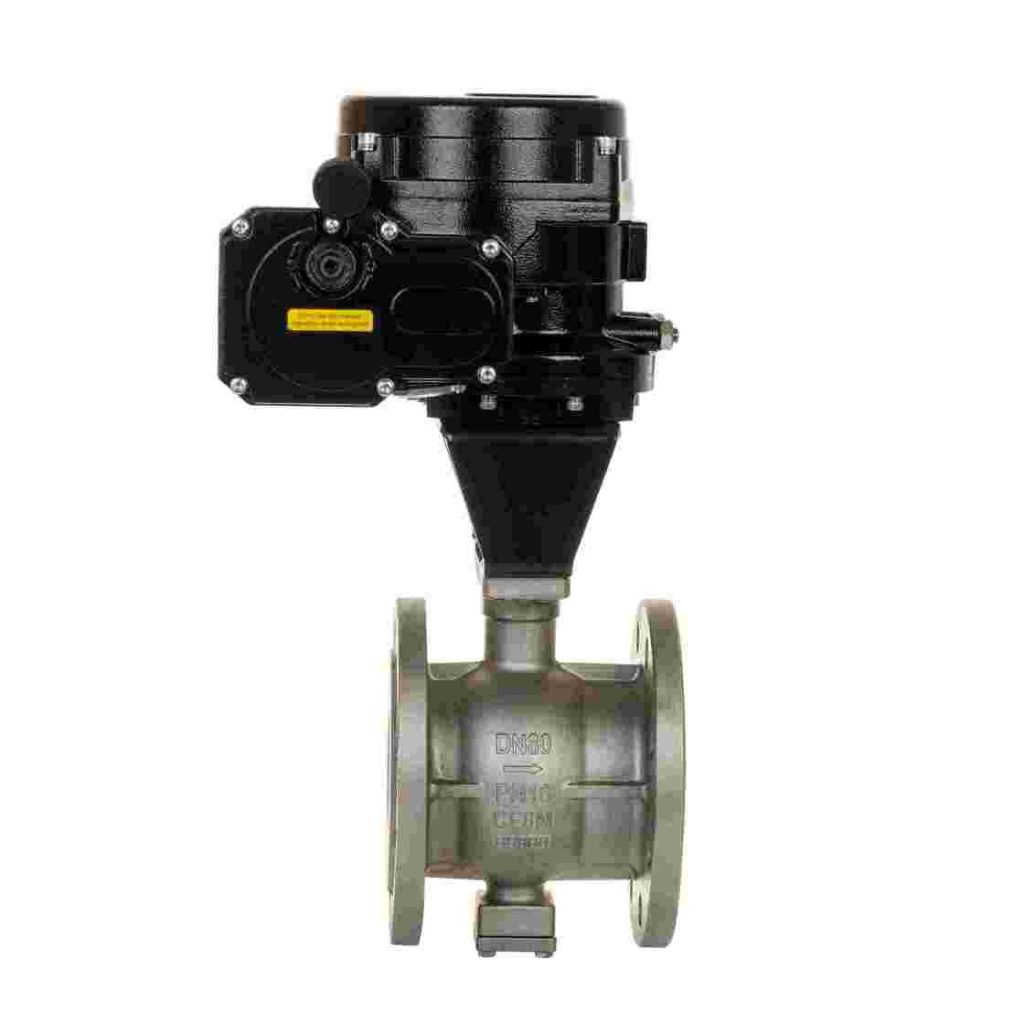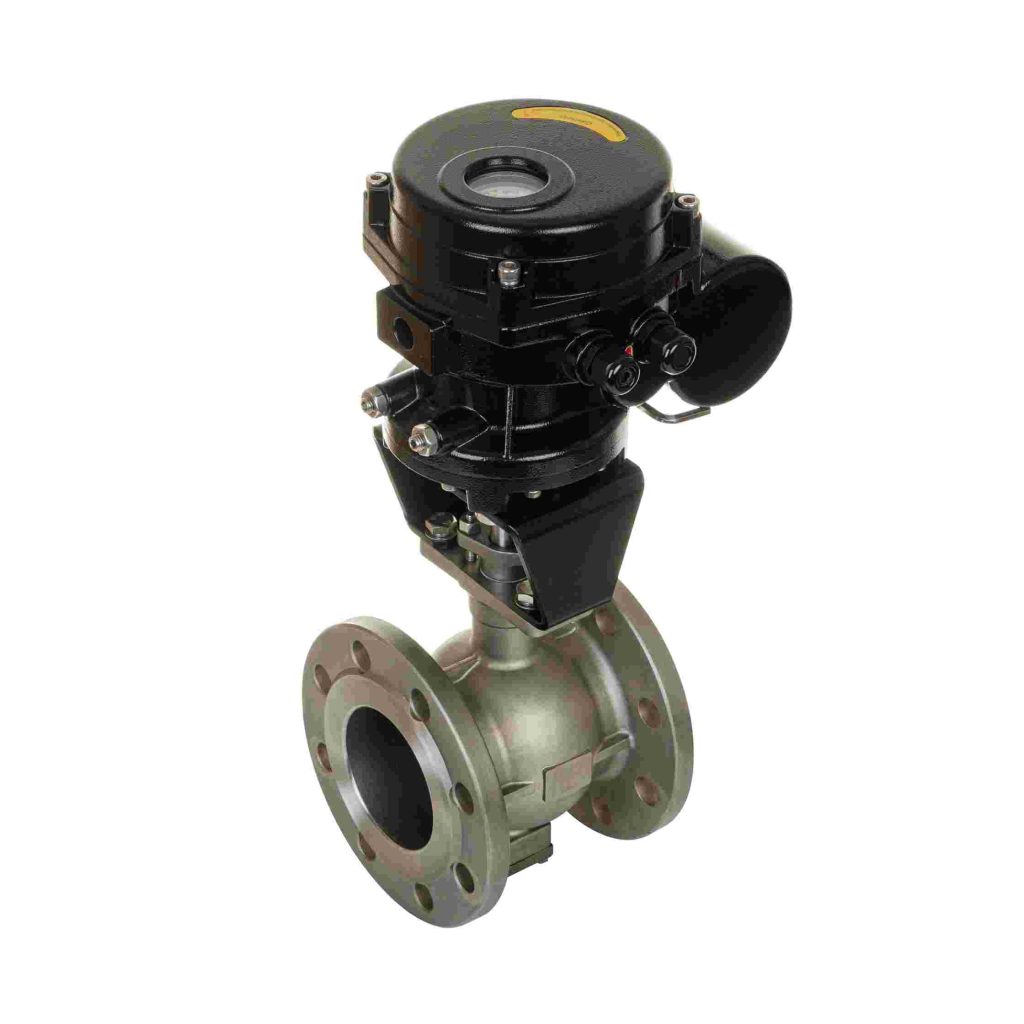Lithium batteries are increasingly being used in various devices and applications, ranging from electric vehicles (EVs) to portable electronics and renewable energy storage systems. As the demand for high-performance, energy-efficient batteries continues to rise, ensuring their safety, reliability, and longevity has become a top priority. One of the critical components in maintaining the safe operation of lithium batteries is the Lithium Battery Power Off Reset Valve. This device plays a vital role in protecting the battery system from overpressure, overcharge, and other potentially dangerous conditions that could lead to system failure or safety hazards. In this article, we will explore the importance, functionality, and benefits of the Lithium Battery Power Off Reset Valve, as well as its role in ensuring the safety and performance of lithium battery systems.

What is a Lithium Battery Power Off Reset Valve?

A Lithium Battery Power Off Reset Valve is a safety feature designed to regulate the pressure inside a lithium battery pack. In a lithium-ion battery, chemical reactions occur during charging and discharging that generate heat and gases. Under certain conditions, such as overcharging, overheating, or an internal fault, the pressure inside the battery can build up to dangerous levels, leading to the risk of leakage, rupture, or even an explosion. To prevent such incidents, the power off reset valve is used to release excess pressure and allow the battery to reset itself. When the internal pressure reaches a predetermined threshold, the valve opens, releasing the built-up gases and ensuring that the battery remains in a safe operating range. Once the pressure normalizes, the valve automatically resets, returning the battery to its normal operating state. This reset feature is essential in preventing permanent damage to the battery and reducing the risk of safety incidents.
